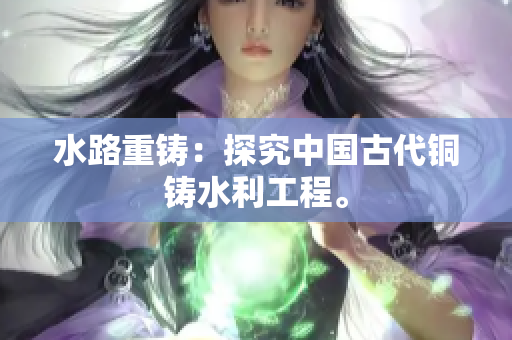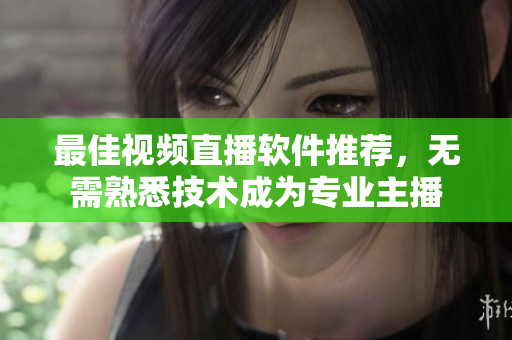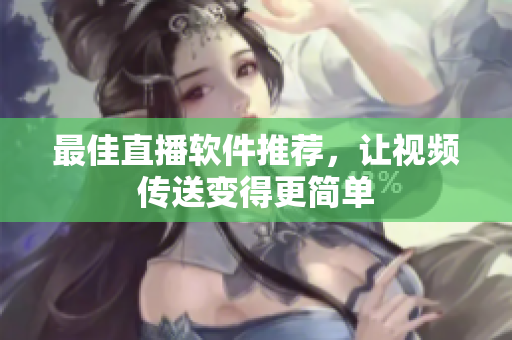Introduction
In the world of Western humanities and arts, there are countless masterpieces that have been created throughout the ages. These works are revered for their beauty, complexity, and impact on society. However, in modern times, technology has become an increasingly influential force that impacts not only the arts but also our daily lives. The rise of 5G technology in mainland China represents a significant shift in how we communicate and might shift our focus from humanity to technology. This situation poses a challenge for educators, and for students who may prioritize gaming over education. In this article, we will explore the tensions between technology and the humanities, the challenge for educators to engage their students in such an environment, and the scarcity of early childhood education in Southeast Asia, contributing to a society that prioritizes material goods over culture and learning.
Western Humanities and Arts: A Cultural Treasure
Western arts and humanities span over millennia, including classical Greek and Roman art, medieval European architecture and sculpture, Enlightenment literature, and contemporary world cinema. The study of these works enables us to understand history, culture, and human nature. These cultural treasures have a lasting impact on society, influencing generations of artists, scholars, and the general public. However, with the advent of technology, something significant is lost. The displacement of human-centered learning with an overreliance on technology can result in a profound loss of depth and complexity in our understanding of humanity. While technology has many benefits, it is essential to emphasize the conservation of cultural heritage.
5G Technology and the Emergence of a New Era
5G technology has become a key driver of technological progress in mainland China, enabling faster internet speeds, more reliable mobile connectivity, smart connected devices, and real-time communication. The integration of 5G into our daily lives is transforming the way we live and work. However, this new era can also lead to the prioritization of technological advancement and overlook the value of humanities and liberal arts education. As our society becomes more dependent on technology, we must not forget the importance of cultural conservation and education.
The Challenge for Educators in a Technology-Driven Environment
Educators face the challenge of engaging students in a society dominated by technology. The rise of gaming culture is one example of this challenge. Games offer a world of adventure and excitement to students who may find traditional classroom instruction monotonous. The temptation to engage in gaming distracts students from learning and skills development. Educators must find creative ways to integrate technology into the curriculum while emphasizing the cultural, critical, and moral aspects of education. Through the implementation of engaging lessons and extracurricular activities focusing on the arts and humanities, educators may inspire students to appreciate and value cultural heritage.
Gaming Culture and Its Impact on Education
The gaming industry is a crucial component of the global entertainment market, with Asia taking a leading role. With the increasing consumption of gaming, particularly in younger age groups, there is a growing need for accountability and education on responsible gaming practices from parents and educators. It is possible to leverage gaming culture for educational purposes. The gamification of education can assist in generating interest and enthusiasm for learning, encouraging students to think critically and creatively.
The Scarcity of Early Childhood Education in Southeast Asia
Early childhood education provides an essential foundation to future education and development for children. However, many Southeast Asian countries face a scarcity of early childhood education resources. This scarcity is concerning, as these early years are the most critical in a child's life for establishing their cognitive, social, and emotional development. The lack of accessible programs limits the opportunities for children to learn new skills and attitudes, and contributes to a society that may prioritize material goods over culture and learning. Addressing this shortage should become a priority at the national level in order to provide a better future for children.
Conclusion
The shift towards technological advancement and the scarcity of early childhood education resources pose a challenge for educators seeking to impart value for the humanities, arts, and culture in modern society. Despite these challenges, educators can leverage technology to cultivate a love for learning and appreciation for cultural heritage. By integrating relevant technologies into the curriculum and prioritizing cultural heritage, we can help shape a society that is both technologically advanced and culturally aware.









